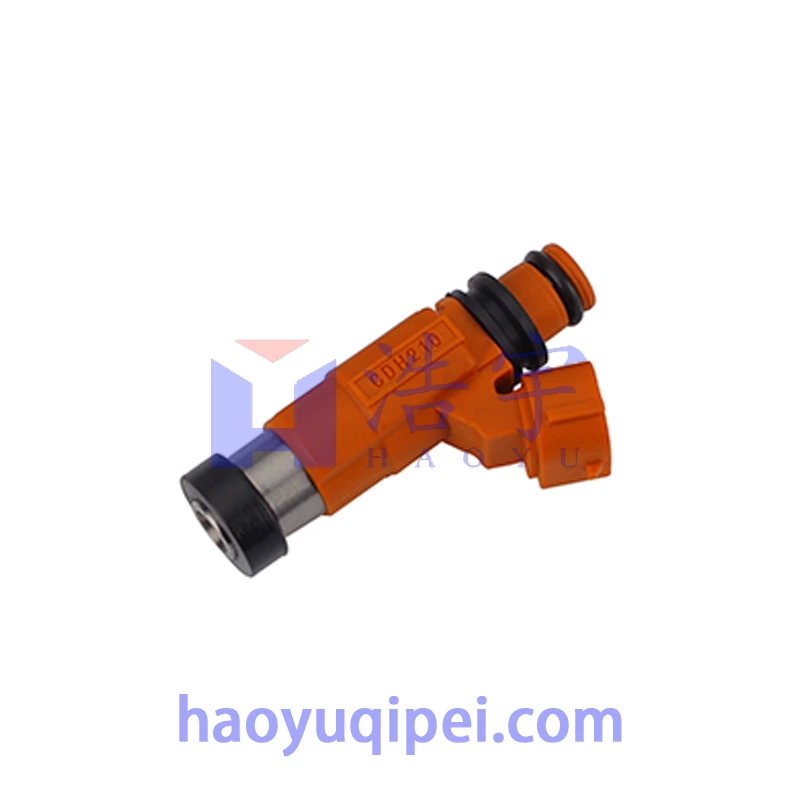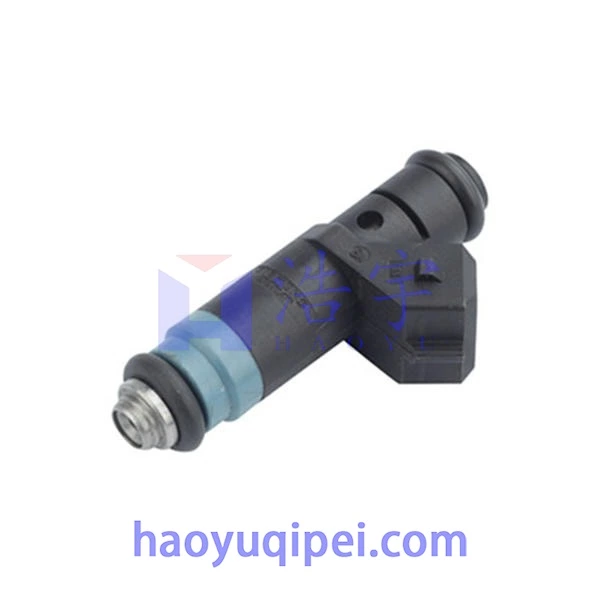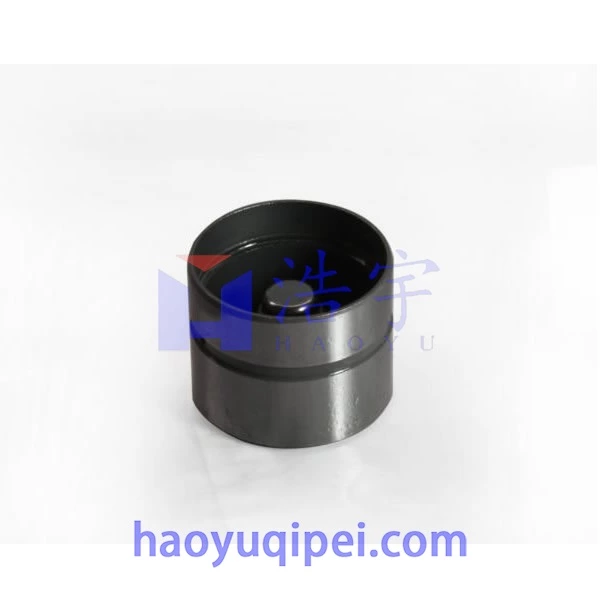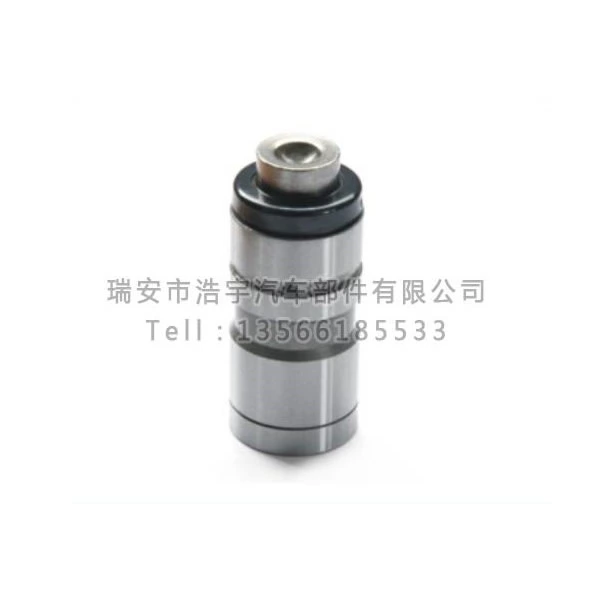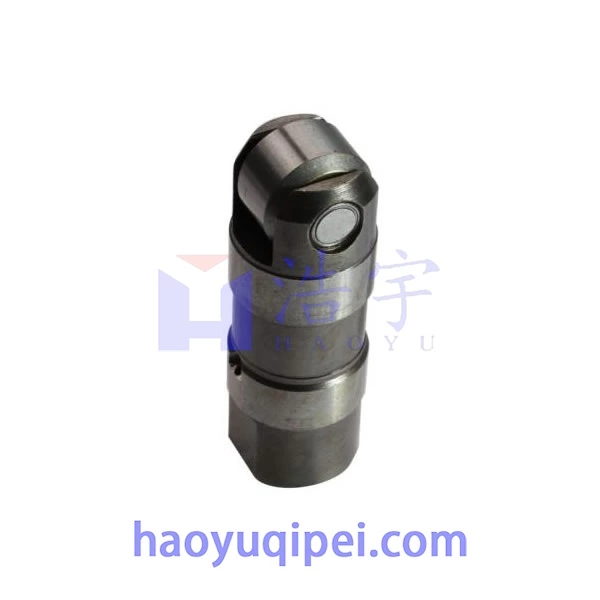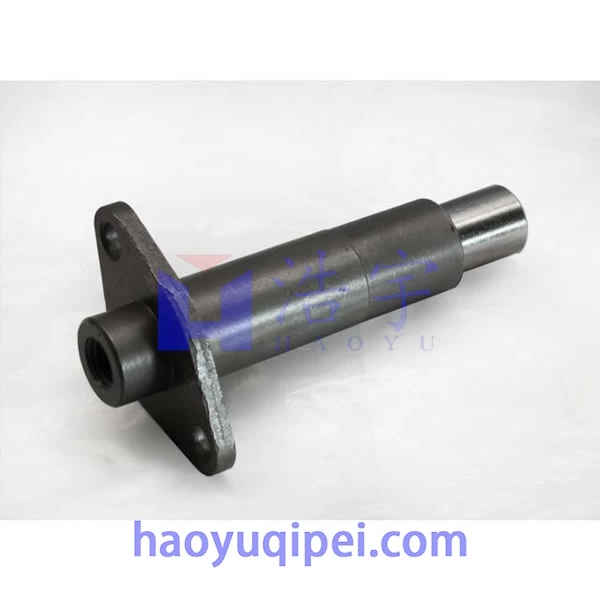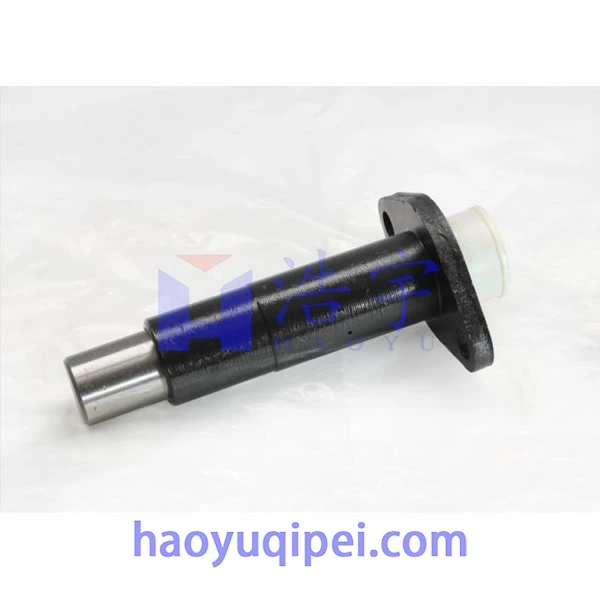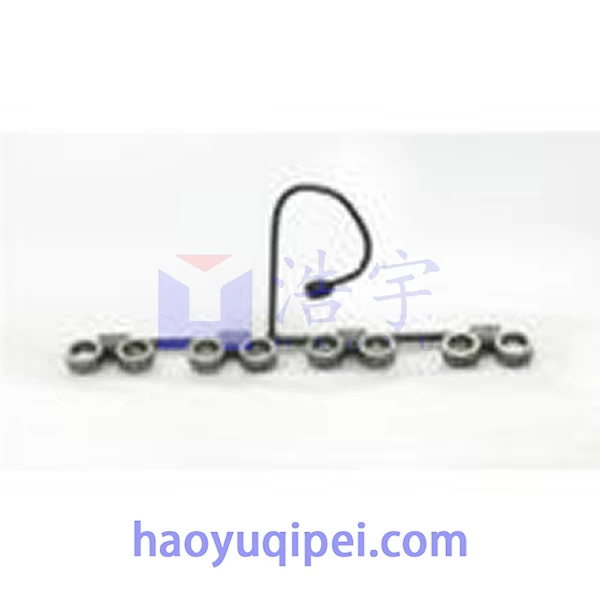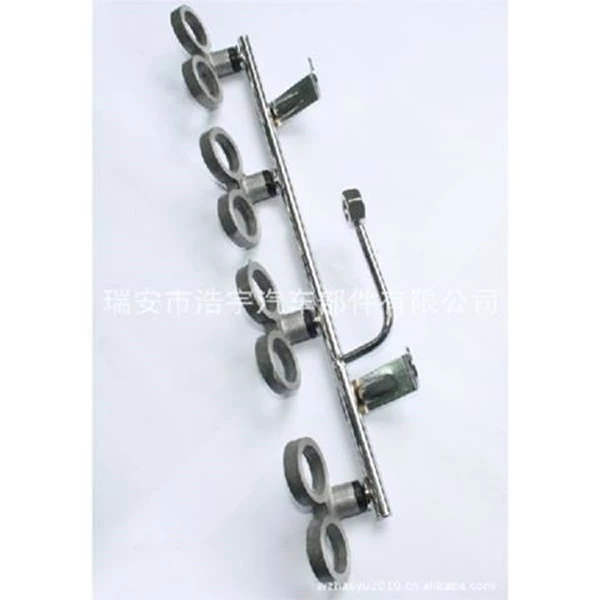The Benefits And Methods Of Cleaning Automobile Fuel Injectors
Boats Fuel Injector is one of the key components of the electronic fuel injection engine, and its working condition will directly affect the performance of the engine. However, many car owners do not pay attention to the cleaning of the engine fuel injector, or think that the engine fuel injector needs to be cleaned after a long time. Little do they know that the blockage of the fuel injector will seriously affect the performance of the yacht! The reason for the blockage of the fuel injector is that the carbon deposits in the engine are deposited on the fuel injector or the impurities in the fuel block the fuel injector passage. After the yacht has been running for a period of time, a certain amount of sediment will form in the fuel system. The formation of sediment is directly related to the fuel used: First, the gasoline itself contains
The fuel injector is one of the key components of the electronic fuel injection engine, and its working condition will directly affect the performance of the engine. However, many car owners do not pay attention to the cleaning of the engine fuel injector, or think that the engine fuel injector needs to be cleaned after a long time. Little do they know that the blockage of the fuel injector will seriously affect the performance of the yacht!
The reason for the blockage of the fuel injector is that the carbon deposits in the engine are deposited on the fuel injector or the impurities in the fuel block the fuel injector passage. After the yacht has been running for a period of time, a certain amount of sediment will form in the fuel system. The formation of deposits is directly related to the fuel used: first, the colloid and impurities contained in the gasoline itself, or the dust and impurities brought in during storage and transportation, will form deposits similar to sludge in the yacht's fuel tank, fuel inlet pipe and other parts; second, the unstable components in the gasoline will react at a certain temperature to form colloid and resin-like viscous substances. When these viscous substances burn in the fuel injector, intake valve and other parts, they will become hard carbon deposits. In addition, due to urban traffic congestion, yachts are often in a low-speed driving and idling state, which further aggravates the formation and accumulation of these deposits. The deposits in the fuel system are very harmful. The deposits will clog the needle valve and valve hole of the fuel injector, affecting the working performance of the precision parts of the injection system and causing the power performance to decline. The deposits will also form carbon deposits on the intake valve, causing it to close loosely, resulting in unstable engine idle speed, increased fuel consumption and worse exhaust emissions. The deposits will form hard carbon deposits on the piston top and cylinder head. Due to the high heat capacity and poor thermal conductivity of the carbon deposits, it is easy to cause engine knock and other faults. In addition, it will shorten the life of the three-way catalytic converter.
The quality of the fuel injector plays a fundamental role in the power of each engine. Poor fuel will cause the fuel injector to work poorly, causing serious carbon deposits in the cylinder, accelerated wear of the cylinder barrel and piston ring, causing unstable idle speed, increased fuel consumption, weak acceleration, difficult starting and excessive emissions; severe cases will completely clog the fuel injector and damage the engine. Therefore, the fuel injector should be cleaned regularly. Long-term or frequent cleaning of the nozzle will have a bad effect. As for the frequency of cleaning, it should be determined according to the condition of the car and the quality of the fuel used in normal use. Generally speaking, most car owners are now advised to clean it at about 20,000 to 30,000 kilometers. If the car is in good condition and the fuel quality is good, it can be extended to about 40,000 to 60,000 kilometers.
When the fuel injector is slightly blocked, it will also have a certain impact on the condition of the car. Sometimes such a fault will occur: when the car is in the first gear and starts, the car will shake a little, and when it is accelerated in a high gear, this phenomenon disappears. If the various sensors on the car work normally, the throttle body has been cleaned, and the circuit is normal, then it is very likely that the fuel injector is slightly blocked. But when accelerating in a high gear, it is possible that the slight colloid is sprayed away (dissolved) again, and the performance of the car is restored. Such a slight blockage of the fuel injector generally does not need to be cleaned. Because the slight colloid can be dissolved. Therefore, running on the highway frequently can reduce the formation of carbon deposits.
If the fuel injector is not cleaned for a long time, the blockage will become more and more serious, which will cause poor fuel injection, poor injection angle and atomization, and poor operation of the engine at idle, acceleration or full load, resulting in reduced engine power, increased fuel consumption, increased emission pollution, and even engine failure. Therefore, the injector should be cleaned and tested regularly to ensure that it works well.
1: First, disconnect the power supply of the fuel pump. For some models, you can unplug the fuel pump relay and start the vehicle to burn the gasoline in the fuel pipeline to prevent gasoline from spraying out of the interface when disassembling the oil pipe, which may hurt your eyes or cause a fire.
2: Wear goggles before disassembling the oil pipeline, find some oil wiping cloth to cover the interface up and down, and find a suitable special joint to connect it to the fuel rail inlet pipe during disassembly. For vehicles with a return pipe, block the return pipe or connect the original vehicle return pipe to the inlet pipe to form a loop.
3: Add the special cleaning agent for the fuel injector into the hanging bottle and screw on the bottle cap. Connect the refueling pipe on the hanging bottle to the fuel rail joint.
4: Connect the hanging bottle to the compressed air pipeline, adjust the pressure of the cleaning bottle to 2--3Kgm³, and turn on the pipeline switch on the hanging bottle. (The specific pressure is determined by the vehicle model maintenance manual)
5: Check whether there is any leakage at the connection parts of the refueling pipe and the return pipe. If there is any leakage, it should be eliminated in time.
6: Start the engine and control the speed between idle and 1800 rpm until the product is used up. At this time, the engine will automatically stop.
7: After the engine is turned off, turn off the machine. Remove the tools and joints, use existing or new gaskets, and reconnect all the pipes on the yacht.
8: Turn the ignition switch to the ON position and power on the fuel pump. Check whether there is any leakage at each connector of the fuel pipe.
9: After cleaning, check whether the tools are complete and keep them properly.
10: Note that this product needs to be cleaned in water that reaches normal working temperature.
